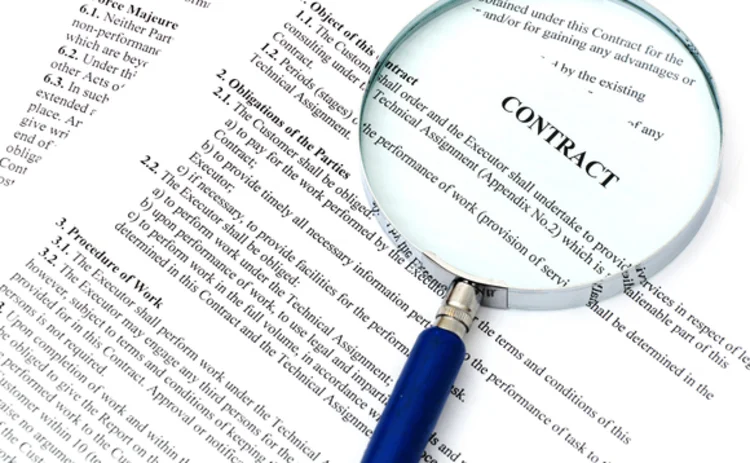
Blog: Nine ways to reduce risk in tech firm contracts

Technology firms thrive in fast-paced environments. But more time spent on customer contract T&Cs would be time well spent, says Travelers Europe’s Toby Harris
The contract is the foundation of the relationship between a technology company and its customer. Formulating contract terms carefully not only helps regulate the relationship; it is also a risk management tool. By crystallising the rights and obligations of the parties involved, contracts can considerably reduce the scope for future disputes. Even where a dispute is unavoidable, contracts can still help by defining a dispute resolution process that may avoid costly and time-consuming litigation
Only users who have a paid subscription or are part of a corporate subscription are able to print or copy content.
To access these options, along with all other subscription benefits, please contact info@insuranceage.co.uk or view our subscription options here: https://subscriptions.insuranceage.co.uk/subscribe
You are currently unable to print this content. Please contact info@insuranceage.co.uk to find out more.
You are currently unable to copy this content. Please contact info@insuranceage.co.uk to find out more.
Copyright Infopro Digital Limited. All rights reserved.
As outlined in our terms and conditions, https://www.infopro-digital.com/terms-and-conditions/subscriptions/ (point 2.4), printing is limited to a single copy.
If you would like to purchase additional rights please email info@insuranceage.co.uk
Copyright Infopro Digital Limited. All rights reserved.
You may share this content using our article tools. As outlined in our terms and conditions, https://www.infopro-digital.com/terms-and-conditions/subscriptions/ (clause 2.4), an Authorised User may only make one copy of the materials for their own personal use. You must also comply with the restrictions in clause 2.5.
If you would like to purchase additional rights please email info@insuranceage.co.uk









